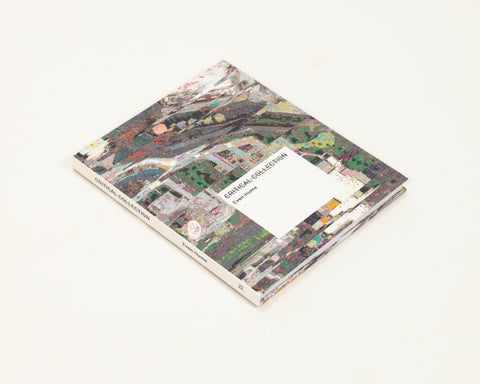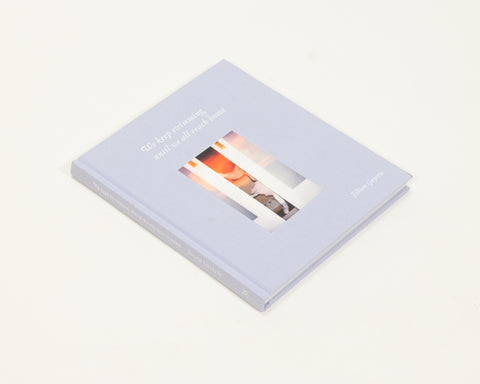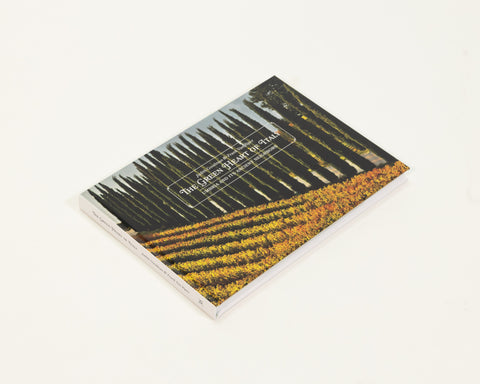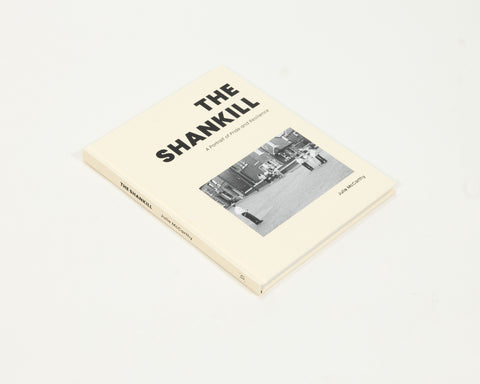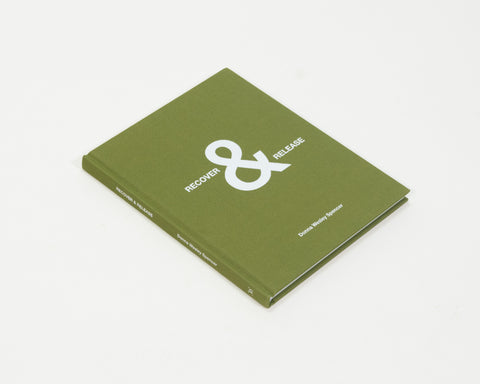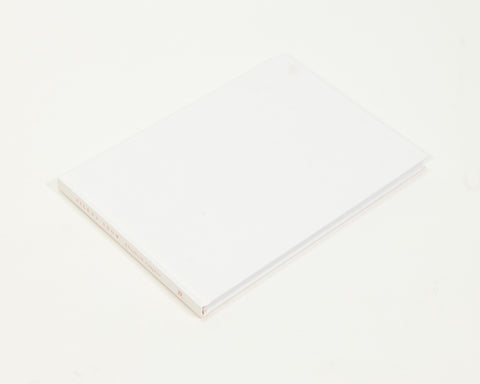There was just recently some very exciting Breaking News out of New Haven: that an agreement has been made between Lee Friedlander and the Yale University Art Gallery/Beinecke Rare Book and Manuscript Library to permanently house the photographer’s archives. This includes his negatives, letters and some 40, 000 contact sheets of his life’s work, plus a selection of 2,000 images from the most recent bodies of work from the last twenty years. We’re talking master prints of every image in every book he’s published since 1996. For the prolific Mr. Lee, that’s a lot of books. Some interesting, leser-known stuff coming our way are pictures he made in the offices of Dreyfus Investments and also wild pictures made at Fashion Week 2006, which appeared in the NY Times, slide show still online: http://www.nytimes.com/2006/10/15/magazine/15style.html?_r=1 . The pictures contain a lot of tangled blonde hair strands, flash cords and long, long limbs.
The work and archives will be accessible to students and faculty, as well as to scholars. One of the things that is especially interesting about our being able to poke around his materials, is that we’ll be able to see first-hand his rigorous editing process. As I understand it, he takes copy photos of his best images from any given roll (or project?), so that this new roll of film will be contacted to represent an edit of just the best images. The “new” contacts are cataloged and filed and represent just the most successful frames, so he doesn’t have to search through all the “junk.” As far as I know, this working process is pretty special, but it makes sense, if you think about it.
The archive purchase has come during this recession, which is a miracle, really, since some institutions are having to divest artwork in order to just cover operating expenses. I think a great deal of credit for the constant forward motion at YUAG goes to the efforts of the museum’s Director, Jock Reynolds, and his commitment to photography as art, as well as to the tirelessness of his curatorial staff, like curator Joshua Chuang. I know it may seem like the photo-is-art argument is long over, but I don’t think it really is when it comes to that “old school,” “New Documents” photography - that work made out-in-the-world, and not conceived of and created in a studio or via collage. Friedlander’s work is most often associated with the phrase, “The Social Landscape,” and is entirely made out of the stuff of our culture, so utterly American.
This new collection follows in the footsteps of the gallery’s less recent acquisition of the life’s work of Robert Adams. That collection has led to reissues of Adams’ most important books, as well as an upcoming, traveling retrospective show. (As we all know, Moma already did the major Friedlander show and that chunky catalog.) And yes, there will be future Friedlander books coming out of this.
As a teacher, I have been honored and excited to introduce my undergraduate students to an artist’s work in person, not behind glass, and not on a wall. Sure, they still can’t touch it or chew gum over it, but there is nothing but air separating us from the print, from the object the photographer conceived of and made, most likely printed, touched and signed. I think it changes the way an 18-year-old understands photography when he/she gets to see something like that, and to not have to solely rely on 72 dpi projections or dusty slides. During a class visit to the Beinecke, one of my students, a poet, damn near had a conniption when we came across an actual, physical note Diane Arbus had written to Stieglitz. Maybe they’re spoiled, but I say, keep the spoils coming.
For more details, and to see a recent photo of Friedlander in his jam-packed studio, visit: http://www.yaledailynews.com/news/art-news/2010/04/02/art-gallery-nets-famed-photo-archive/
And one of my favorite blogs (besides Daylight!) that you should pore over is the Beinecke’s Blog, a veritable cabinet of online curiosities:
http://beinecke.wordpress.com/
